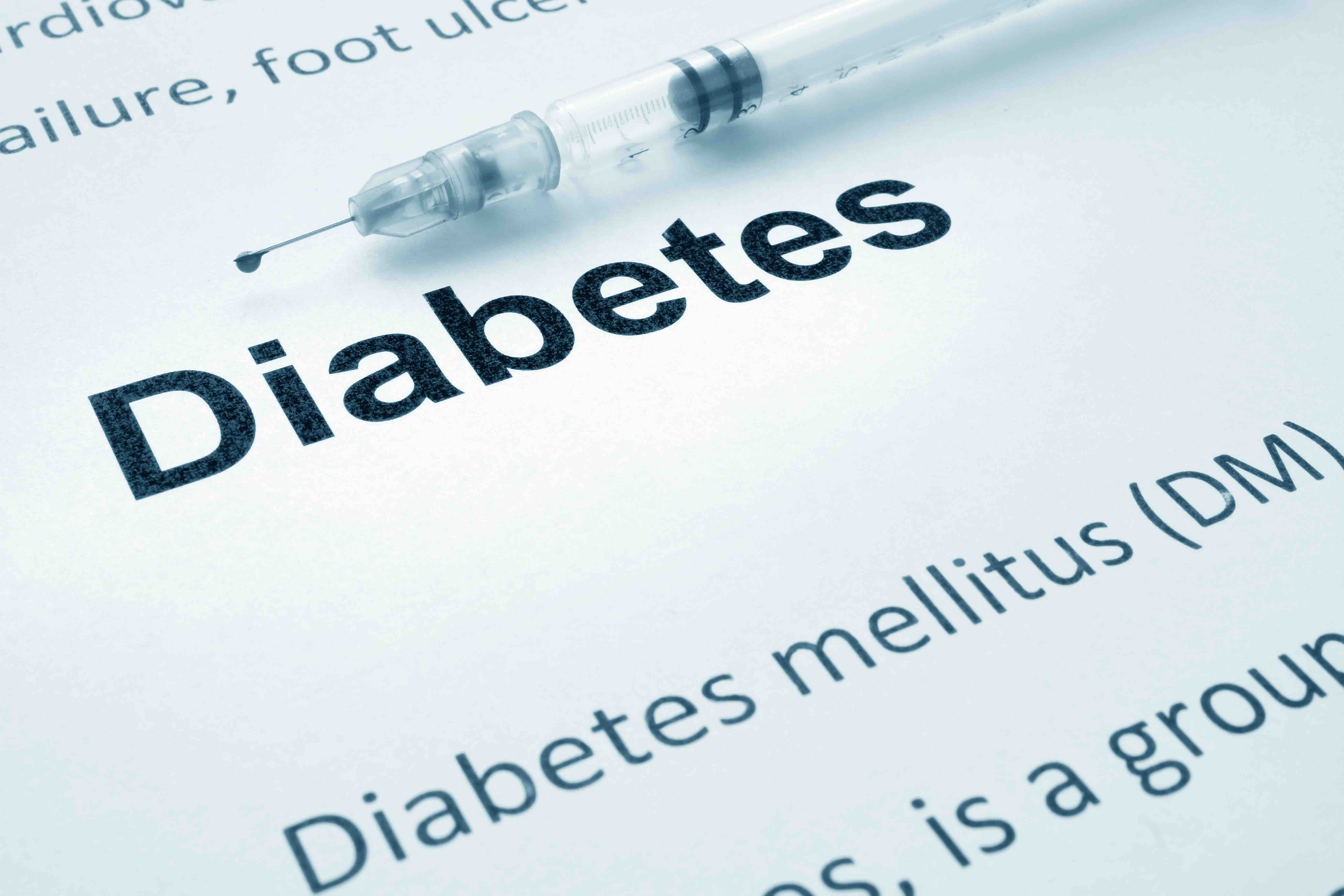Article
Understanding Racial Disparities in Patients With Hyperglycemia and Diabetes
Author(s):
Black patients tend to have higher rates of hyperglycemia and diabetes compared with white patients. However, the factors that contribute to such racial disparities in the hospital in diabetes-related conditions are still not clear.
A new study found a higher predominance of diabetes-related complications in minority population. Black patients tend to have higher rates of hyperglycemia and diabetes compared with white patients. However, the factors that contribute to such racial disparities in the hospital in diabetes-related conditions are still not clear.
Maya Fayfman led the study with fellow researchers to establish the link between complications arising as a result of hyperglycemia and the racial group the hospitalized patient belongs to. They conducted the study on both patients with and without diabetes suffering from hyperglycemia to determine the association. The study was published in the Journal of Clinical Endocrinology and Metabolism.
Hyperglycemia refers to persistent high levels of blood glucose levels. Typically, if the blood sugar level is persistently higher than 180 mg/dL post-meal, it means that the patient suffers from hyperglycemia. Despite efforts to bring it under control, if the glucose level is chronically high, it could lead to acute and sometimes, life-threatening conditions.
Scope of the Study
The researchers compared their observations between the black and white hospitalized patients from January 2012 to December 2013. They observed the frequency of hyperglycemia, diabetes, and hospital complications between the 2 racial groups. The study was conducted on a total of 35,866 patients from 2 hospitals—Emory University Hospital and Emory University Hospital Midtown. All patients were older than 18 years old and were admitted to adult surgery and medicine services.
The data was related to age, gender, body mass index, admission service, intensive care unit treatment, hospital complications, insulin utilization, insurance coverage (including Medicare and Medicaid, private or uninsured), and glucose values on admission and during the hospital stay. The complications arising as a result of hyperglycemia and diabetes included pneumonia, bacteremia, myocardial infarction, respiratory failure, acute kidney injury, and death.
Results
While 36.7% of the white patients had hyperglycemia, nearly 42.3% of black patients had hyperglycemia. The rate of complications too was higher in the black patients compared with white patients. 22.2% of the black patients suffered from diabetes- and non-diabetes—related complications compared with 19.2% white patients who suffered from the same.
Conclusion
Through the research, the differences in the frequency of in-patient hyperglycemia and diabetes and their impact on clinical outcomes in white and black patients became more evident. The study revealed a higher prevalence of hyperglycemia and diabetes in blacks compared with whites. The blacks also have worse inpatient glycemic control and a greater frequency of hospital complications than the white counterparts. Even the blacks without diabetes with hyperglycemia are a particularly vulnerable group.
The importance of personalized treatment strategies becomes increasingly important in light of the study. The glucose levels and complications arising thereof differ vastly between racial groups. With better understanding of racial differences, healthcare providers can provide better treatment for diabetes and produce impactful outcomes. Acknowledging and understanding the presence of racial disparities in inpatient care helps in directing concerted efforts to help narrow disparities in healthcare in general.





